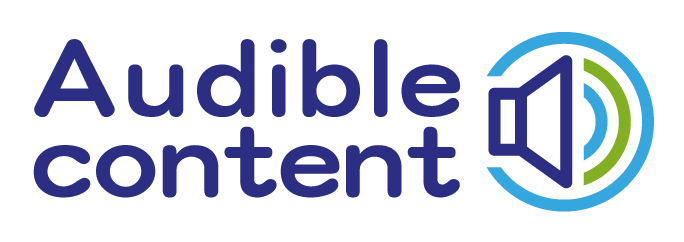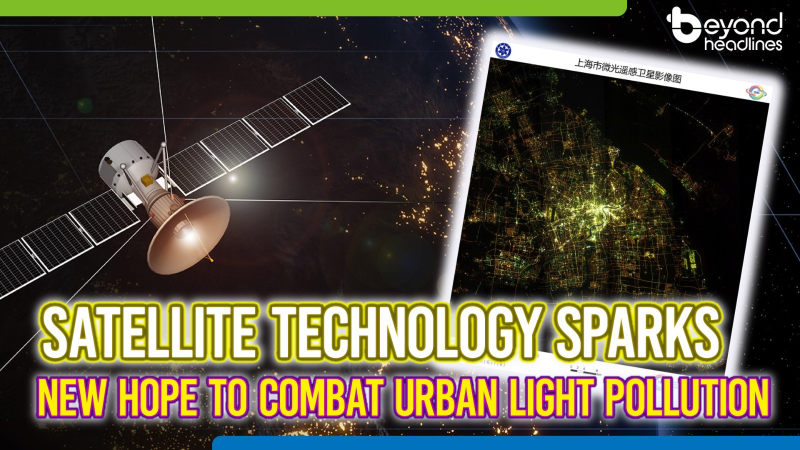Environmentalists have long been finding ways to battle against urban light pollution and we all miss the stars which have been blocked by the bright city lights. Recent study conducted by scientists from the Aerospace Information Research Institute (AIR) of the Chinese Academy of Sciences (CAS), has shred new lights on more effective ways to combat blue light pollution caused by widespread use of LEDs.
The widespread adoption of light-emitting diodes (LEDs) as a replacement for artificial light at night (ALAN) has proved to be useful in decarbonization but this energy-efficient lighting solution itself is a double-edged sword. While cutting down carbon emissions, a new challenge has been emerged: blue light pollution which may threaten human health, disrupt wildlife, causing more wastage of energy.
As published in the International Journal of Digital Earth, the Chinese Academy of Sciences has been developing a new satellite which provides space observation data for the monitoring, evaluation and study of interactions between humans, nature and sustainable development, supporting the UN 2030 Agenda for Sustainable Development. The satellite, named Sustainable Development Science Satellite-1 (SDGSAT-1), using Beijing as an example, is highly effective in distinguishing the various types of light sources, with an overall accuracy of 92 percent for artificial light (ALAN) and 95 percent for streetlights. It helps to paint a clear picture of the city’s light pollution landscape.
The analysis of SDGSAT-1 imagery revealed distinct illumination patterns and spatial heterogeneity of ALAN along Beijing's 5th Ring Road. This insight provides valuable data for understanding the variations in light pollution across different urban areas. It also underscores the potential of the SDGSAT-1 as a novel tool for urban lighting management, helping to illuminate the dark corners of light pollution. Such invaluable data can influence future policies and strategies to mitigate the adverse effects of blue light pollution. Thus, a “darker” future is possible.





![[Tech Trend] China's Maglev Hits 650 km/h](https://img.beyondheadlines.hk/articles/cover/20250625/c5b47c1f10e3359bdf03875d8ebe6329.jpg!w800)
![[Tech Trends] Fitness Delivered: Your Personal Trainer at a Tap](https://img.beyondheadlines.hk/articles/cover/20250819/6fe36be79f633aca3fa818a8bca91e31.jpg!w800)
![[Tech Trends] Nantong’s “Hard-Core Tech” Shines at the World AI Conference](https://img.beyondheadlines.hk/articles/cover/20250804/8a20211702291830968d907f43b77b67.jpg!w800)
![[Tech Trends] Gadgets on Parade:Guangzhou’s Science Popularization Carnival Kicks Off](https://img.beyondheadlines.hk/articles/cover/20250909/042ed22e593358bc483e82a7c25e6fb5.jpg!w800)
![[Tech Trends] Hong Kong Police Force Launches AI-Powered “Super App” for a Safer, Smarter City](https://img.beyondheadlines.hk/articles/cover/20250807/6b34ad72fe0deed22c6cf253c1309369.jpg!w800)
![[Tech Trends] Solar “Great Wall” Turns Desert into Power Oasis](https://img.beyondheadlines.hk/articles/cover/20250613/04668319ff231d96fc15762dcbf3af9d.jpg!w800)
![[Tech Trends] Shenzhen’s First “Robot 6S” Store Opens Its Doors to the Future](https://img.beyondheadlines.hk/articles/cover/20250801/51c51f1a0d8ab84676e4b4be87485546.jpg!w800)
![[Tech Trends] Tech Immersion Inspires Future Innovators](https://img.beyondheadlines.hk/articles/cover/20250716/59d8b9fca766814185248e83428d2a68.jpg!w800)
